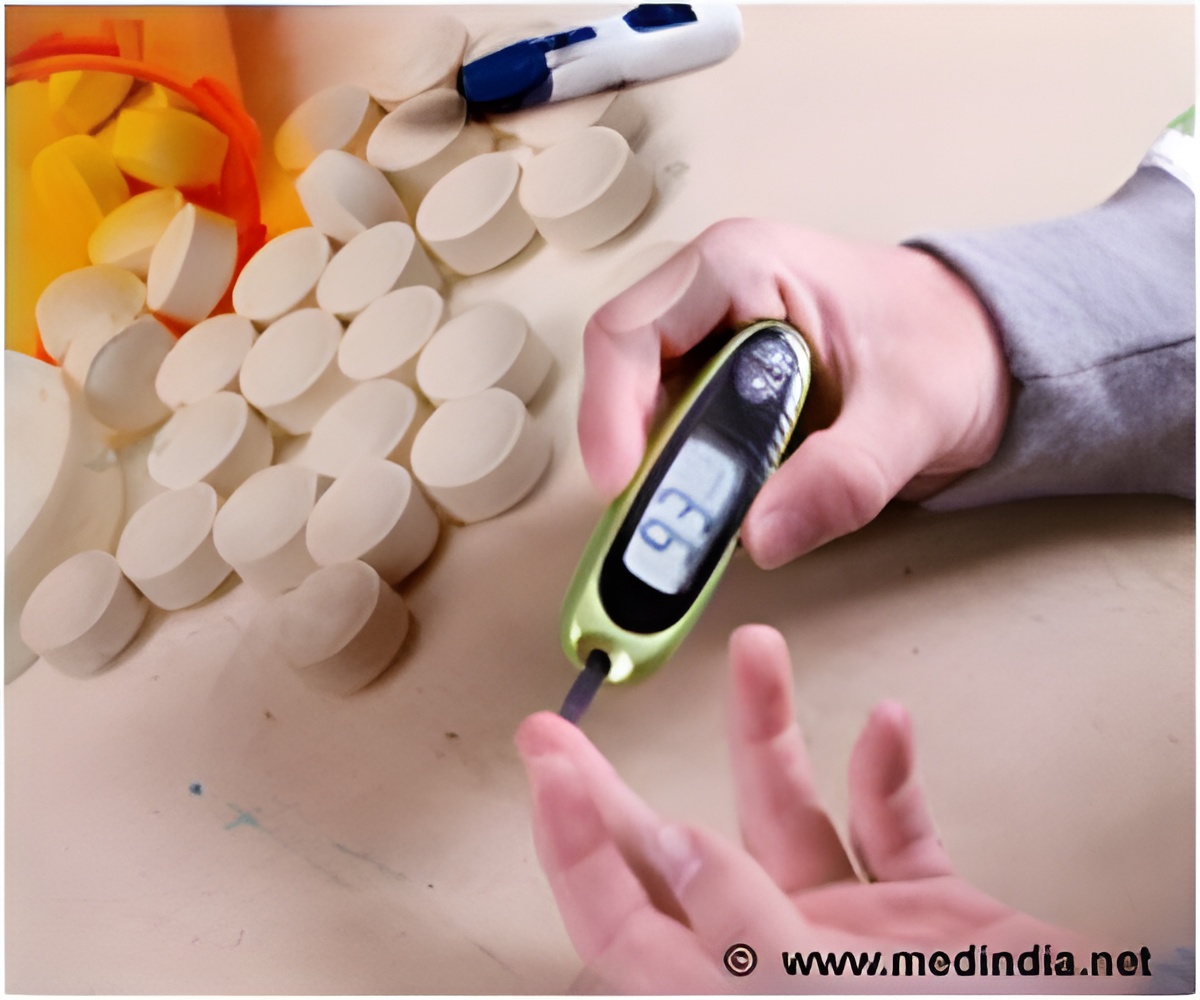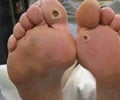According to a report treatment with glucose-lowering thiazolidinedione drugs in patients with Type 2 diabetes appears to be associated with an increased risk of diabetic macular edema.

Iskandar Idris, M.D., F.R.C.P., F.R.C.P.(Edin), of the Sherwood Forest Hospitals Foundation Trust, Nottinghamshire, England, and colleagues conducted a retrospective study of 103,368 patients with T2D and no diabetic macular edema (DME) at baseline using The Health Improvement Network (THIN) database, which collects electronic data from a volunteer sample of United Kingdom general practices.
At one year, the incidence of DME was 1.3 percent (41 cases) among thiazolidinedione users (n=3,227 patients) and was 0.2 percent (227 cases) among nonusers of these drugs.
"This large retrospective cohort study analyzed the primary care electronic medical records of more than 100,000 patients with type 2 diabetes and showed that, even after adjustment for various confounding factors known to influence diabetic retinopathy, exposure to a thiazolidinedione is associated with an increased risk of developing DME. The association was evident with both pioglitazone and rosiglitazone," the authors comment.
The authors suggest that the patients at greatest risk of developing DME were those taking thiazolidinediones in combination with insulin.
"A larger and more detailed meta-analysis of randomized controlled trials (ideally in high-risk patients) will be needed to clearly establish the risk-benefit profile of thiazolidinediones in patients with, or at risk of, DME," the authors conclude. "Clinicians should be vigilant in the clinical screening for DME among those patients taking thiazolidinediones."
Advertisement
Editor''s Note: Funding/support is Sherwood Forest Hospitals Charitable Trust Fund (no external funding). Please see the article for additional information, including other authors, author contributions and affiliations, financial disclosures, funding and support, etc.
Advertisement
In a commentary, Sonal Singh, M.D., M.P.H., and Jodi B. Segal, M.D., M.P.H., of The Johns Hopkins University School of Medicine, Baltimore, write: "…several limitations preclude definitive conclusions. First, the authors did not have information on the duration of thiazolidinedione exposure or duration of diabetes in the THIN data."
"In contrast, other observational studies have reported no elevated risk," the authors continue. "In conclusion, we can neither be certain that thiazolidinediones cause macular edema nor be reassured that such a risk does not exist. Future studies using new-user incipient cohort designs with validated exposure and outcome definitions and appropriate adjustment for diabetes severity may provide additional information on this potential association."
"What should clinicians do when faced with imperfect evidence? Despite the uncertainty regarding the risk of macular edema and thiazolidinediones, the occurrence of characteristic visual symptoms among patients taking thiazolidinediones or any other diabetic medication should prompt evaluation and ophthalmologic referral for DME evaluation, as noted in the current drug labels," they conclude.
Source-Newswise















